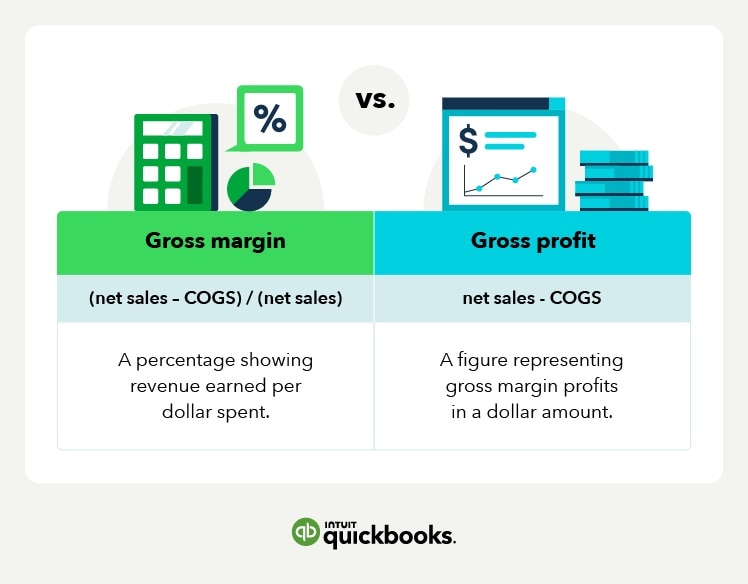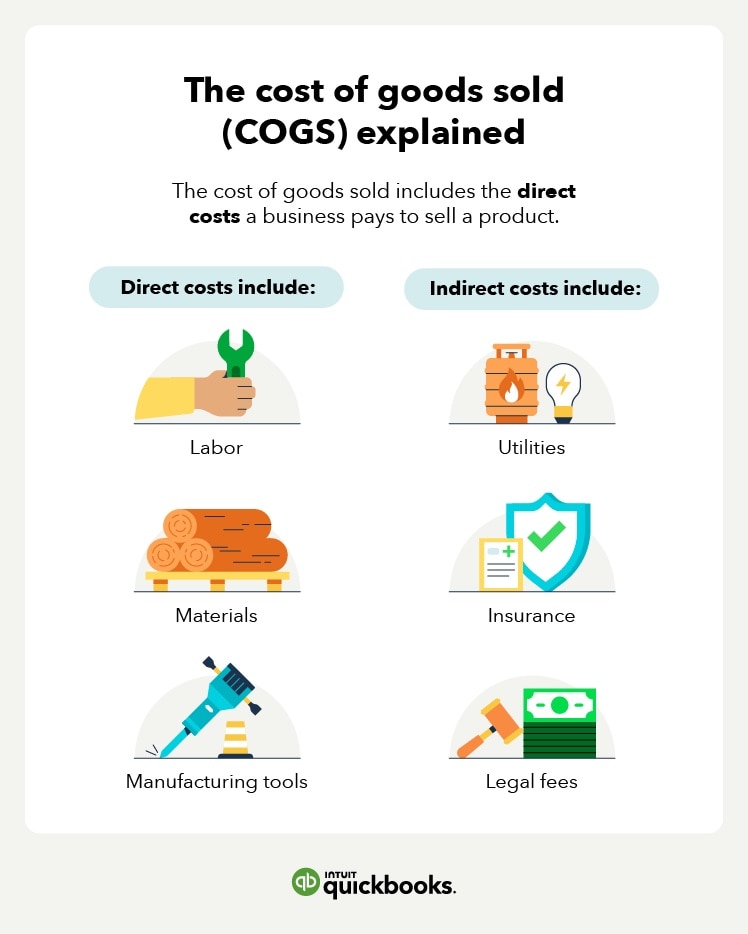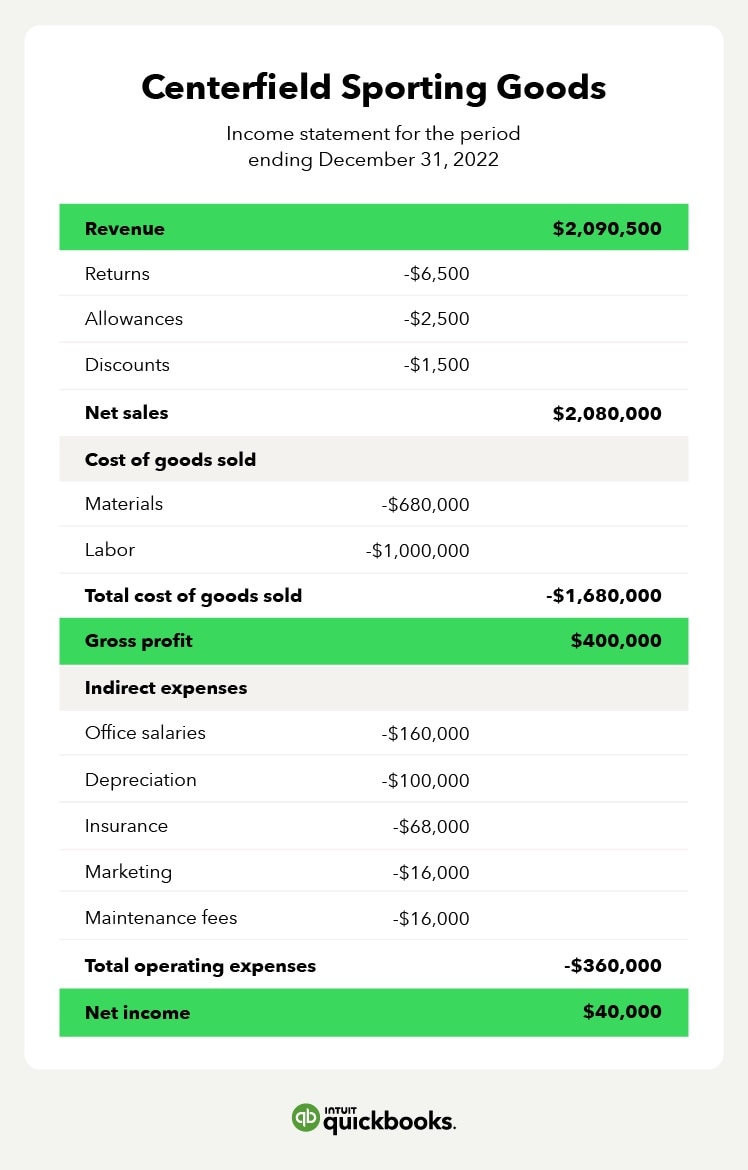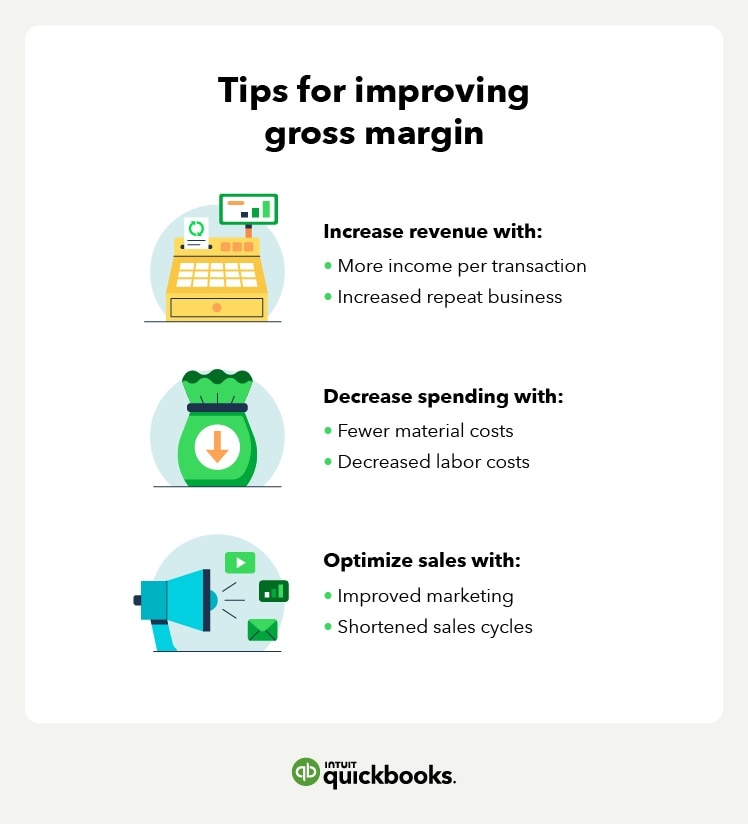Increase revenue per transaction
In general, businesses increase net sales by:
- Raising the selling price: Remember that price increases can be difficult in industries with a high level of competition. The ability to purchase products and services online also puts downward pressure on prices.
- Increasing sales to your existing customer base: If you sell a quality product and provide a high level of service, customers may come back every month and year. You can increase sales and spend less on marketing to find new clients.
Increase repeat business
No problem is bigger than the cost of finding customers. According to the Harvard Business Review: "Acquiring a new customer is anywhere from five to 25 times more expensive than retaining an existing one."
Developing repeat business increases your monthly recurring revenue (MRR)—the amount of revenue a company can reliably anticipate every 30 days. If customers keep coming back, they can generate revenue for years. Businesses measure the value of repeat business using customer lifetime value, or CLV.
Note: CLV measures a customer's value to your company with an unlimited time span instead of only the first purchase. CLV gauges a reasonable cost per acquisition.
Improve marketing results
Improving your marketing outcomes can increase revenue. Give your customers a reason to stay with you by using these tactics:
- Promotions: Use data analytics to promote products and services that your customers want. Suppose a sporting goods company knows that many customers buy baseball gloves and bats during the same store visit. In that case, they can promote the products together.
- Rewards: Thank your customers by rewarding them. When a customer makes a certain number of purchases or reaches a specific dollar amount of activity, offer a discount on new business.
- Testimonials: If you're marketing to influence buyer behavior, remember to gather testimonials. When customers explain why they purchased your product, they may impact other people's buying decisions.
- Surveys: If you want to know what your customers want, ask them. Include surveys in each of your marketing channels and emphasize that the survey won't take much time to complete.
Use your data analytics and survey results to make product improvements and add new product offerings.
Shorten the sales cycle
The sales cycle encompasses all activities associated with closing a sale. One way to speed up the process is to leverage technology.
For example, customers often need more information before making a buying decision. People may buy sooner if you improve your website and answer common questions clearly. Live chat, automated responses, and built-out FAQs come at a low price and can speed up the customer journey.
Reduce material costs
Another strategy to increase gross margin is to reduce costs on materials. You can reduce material costs by:
- Negotiating a lower price with your suppliers: If you're a large customer who buys materials every month, you may be able to negotiate a lower price based on your purchase volume.
- Asking new suppliers to compete on price: Your purchasing managers can find new suppliers for their vendor list. However, before you add a new supplier, do your homework. The supplier must be able to ship quality products on time and at a reasonable price. You shouldn't base your decision about a supplier solely on price.
- Analyzing your production system and avoiding wasted material: The material costs you incur involve material prices and usage. Every production process involves some level of unused material or scrap. The goal is to minimize waste to reduce costs.
- Changing the production system: A different approach can reduce the amount of scrap you produce. Employee training can help workers minimize waste and work more efficiently.
Decrease labor costs
Like material costs, labor costs are a function of the hourly rate paid (price) and the number of hours worked (quantity). The amount you pay ties into current economic conditions and the unemployment rate. If the economy is growing, you may need to pay a higher hourly rate to hire qualified workers. The opposite is true in a slowing economy.
You can decrease labor costs by:
- Investing in training so employees can work efficiently. Well-trained workers can get more done in less time, and they make fewer mistakes.
- Optimizing schedules and bringing in the most employees during a busy period. Conversely, schedule fewer workers during a lax period.
- Reducing turnover to cut costs, because hiring a new employee costs more than retaining a trained one.
- Incentivizing great performance with clear outcomes and specialized goals that play to employee’s strengths.
How gross margin analysis can be leveraged
Every manager should analyze the most important financial ratios needed to improve business results. More often than not, they include gross margin in that profitability analysis. When you start monitoring your gross margin balance, you can measure your performance against an industry benchmark to assess how you're performing in your field.
Revenue and cost of goods sold are two of the biggest balances in the income statement. If you can change either balance, you can increase the bottom line. On the other hand, operating expenses may be harder to reduce when dealing with fixed costs. A review of key metrics will show the best route to improved profitability.
Advantages of gross margin analysis
Analyzing your gross margin can improve business operations in many ways:
- Helps set pricing: You can use gross margin to set pricing at a competitive level without cutting into profits.
- Highlights areas for improvement: If your company needs to cut costs or increase revenue, gross margin diagnoses financial issues.
- Makes industry comparisons: Gross margin shows how profitable you are when compared to competitors.
- Aids financial analysis: Gross margin is a key metric in any business. When paired with net margins and gross profits, it provides comprehensive financial information.
Limitations of gross margin analysis
While gross margins offer insight into finance, it comes with limitations:
- Can’t depict overall profitability: Gross margins exclude the indirect costs of producing a good. Employee salaries, rent on a building, and marketing fees add to a product’s cost. By excluding these costs, gross margins aren’t 100% accurate.
- Unfit for industry comparisons: Different industries come with their own structures and profit distributions. As a result, gross margin analysis won’t help you compare businesses in different industries.
- Won’t account for outside factors: Gross margin analysis can only measure one company’s profitability. Outside factors, like increased production costs to secure a supplier or a decrease in the selling price to increase market share, won't apply.
Use gross margins for growth
Your gross margin does more than paint a picture of company finances. In the right hands, it highlights the best path to improved profitability. Use accounting software to quickly generate your firm's gross margin and other financial statement metrics. Once you've done that, you can:
- Make improvements that lower costs and increase revenue
- Gauge your firm’s growth potential
- Make pricing decisions based on overall profitability
- Point out areas for financial improvement
Be proactive and make improvements sooner rather than later. By learning the meaning of KPIs like gross margin, business results will improve and your firm will grow in value.
To get this actionable financial intelligence, try our accounting software. It will generate your business’s gross margin and other financial metrics, compare your gross margin to other companies, and suggest improvements that lower costs and increase revenue.















